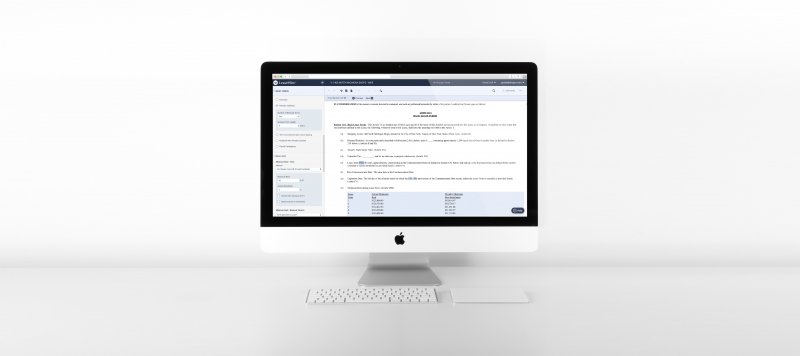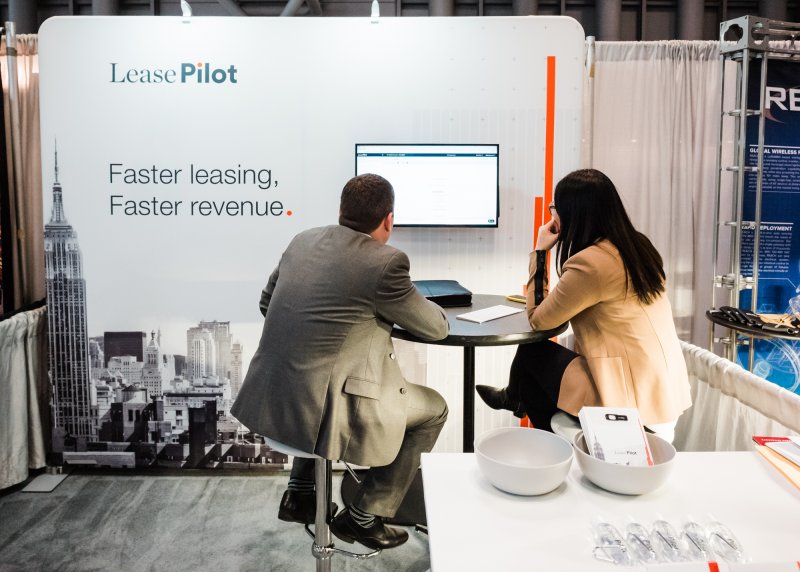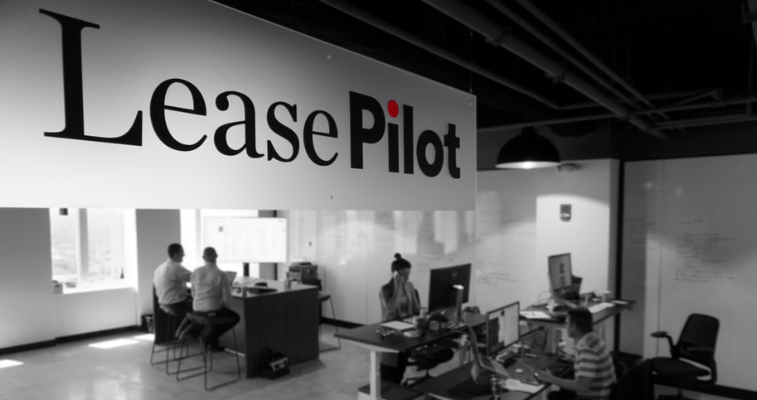LeasePilot is offering those who are working in commercial real estate a tool to help them out with any issues involving tenants leases.
We spoke with Co-Founder and CEO, Gabriel Safar, to learn more about the company and what pain points their application is looking to solve, as he experienced them first hand as a real estate lawyer most of his career. Being a first-time founder himself, Safar also shared advice to those who are looking to start a company themselves.
Colin Barry [CB]: Prior to starting LeasePilot, you were a lawyer involved in real estate. What were some of the common problems you witnessed first-hand that led to the founding of LeasePilot?

Gabriel Safar [GS]: Most lawyers will agree there simply aren’t enough hours in a day. We’re constantly under enormous pressure to turn around lease drafts as quickly as possible. But the process of redlining documents, getting consensus on changes and then making those updates in a document is a tedious, arduous and all around inefficient process. Even once a lease is finalized, the slowdowns often continue. Attorneys are faced with turning dozens, or even hundreds, of pages of legalese into an easy-to-understand document that can be utilized and shared across teams. I felt like I was delivering a high-cost, labor-intensive, and irrelevant product. I was frustrated by these antiquated processes and wanted to alleviate the headache so many attorneys faced each and every day. The process was broken and it was nearly impossible for attorneys to do their jobs efficiently.
When I realized there wasn’t anything in the market to solve for these pain points, I knew I needed to create a solution that would allow lawyers to focus on tasks that were central to the reason they began practicing law in the first place -- to think creatively, critically, and to solve important problems -- not just push paper. Thus, LeasePilot was born.
CB: Now onto your startup. What function does LeasePilot serve in the real estate business?
GS: LeasePilot’s mission is simple: We get your commercial lease signed faster. Period. Within the commercial real estate (CRE) industry, it currently takes about 90 days to go from a letter of intent (i.e., accepted deal terms) to a signed lease. I firmly believe that timeframe should be 30 days or less. Doing so provides 60 days of additional rent for the owner (and 60 days more revenue for spaces like retail shopping centers), reduces transaction fees and reduces the risk that a deal falls through. As a digital platform that assembles a lease, LeasePilot makes the leasing data available to our customers in the form of an automated abstract and can even deposit lease data directly into other department’s computer systems, like invoicing or enterprise resource planning. Without LeasePilot, getting that data into the operating systems can take another 60 to 90 days, which means those landlords are flying blind with respect to meaningful obligations. Not to mention, it’s a lot of person-hours pulling that information out of a 60-page PDF and manually keying it into the various systems.
CB: How does the software work? Explain it to me as if I am someone using it for the first time.
GS: LeasePilot is a web application, which means a user will go to a website and log into the software from any device. If they want to generate a transaction -- a new lease, an amendment or a letter of intent, for example -- they choose the physical location of the space and enter the tenant’s name. At that point, the lease “assembles.” LeasePilot pre-loads the owner’s standard lease language into our software during the onboarding process and when they see the lease, all of the information for that building is already pre-loaded into the form. It may sound trivial, but it’s anything but. There is a wealth of information that is very specific to each asset and LeasePilot models that as an object during our implementation process, so it quickly and easily gets folded into a draft lease. For customers with a customer-relationship management system like VTS or Salesforce, the lease will be pre-populated with rent, term, reimbursements, and certain special tenant rights. Since LeasePilot is a digital platform, we can easily pull that data from the CRM and load it into the lease.
Customers then use our context-aware automation tools to continue to assemble their transaction. If at any point they want to manipulate the text of the lease in a way that hasn’t been modeled in the automation tools, they can easily do so since the automation appears with the lease and the user can go back and forth between them.
When the lease draft is complete, it is sent out to a tenant at which point standard negotiations and back-and-forth conversations are had.
Upon agreement and execution of the lease, LeasePilot will push the data to an owner’s computer system, eliminating the need to manually abstract the lease.

CB: Who are some of the typical clients of LeasePilot? Can you share any use cases from them?
GS: LeasePilot’s customers are commercial property owners. They range from regional real estate owners to global private owners and publicly traded REITs. We’re proud to say some of the industry’s top names have adopted LeasePilot technology, including Oxford Properties, JBG Smith, Kite Realty Group, CASTO and more.
The biggest benefit our customers see is significant time savings. While many use LeasePilot to speed up the process of going from a letter of intent to a signed lease, others take the additional step of using the lease data we provide to automate document abstraction and to directly deposit key information about their portfolio in other systems for invoicing, property management and financial systems.
CB: Where did you come up with a name like LeasePilot?
GS: The idea is that we’re giving legal and leasing teams more control over their ability to direct transactions. Specifically, business people have traditionally had to go through lawyers to even make the most administrative changes to documentation. Because LeasePilot embedded the underlying legal logic of the lease in the automation, that allows the deal-makers to be more involved in those areas where they have more knowledge and expertise, that is the business deal.

CB: You’ve taken the plunge to become a tech startup founder. What is some advice you can give to those who are looking to do the same?
GS: Don’t be afraid to bet on yourself. Over and over again we made decisions that “experts” discouraged. We had a vision of what we wanted to accomplish and anticipated our success, which allowed us to plan for the long term. That has paid very big dividends for us and we can’t wait to see what the future holds for our company.

